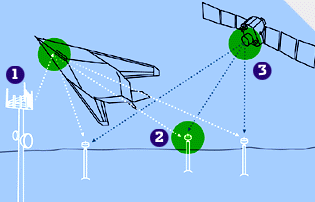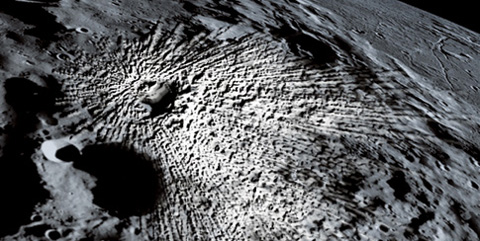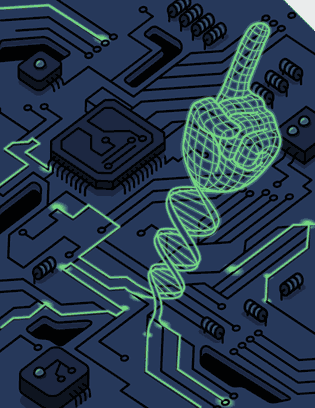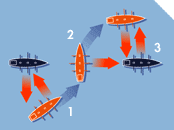It looked like a catastrophe: The Fail light lit up on the 737’s air traffic control receiver. The Traffic Alert & Collision Avoidance System lost track of nearby planes and the instrument landing system went haywire. All because NASA electromagnetics research engineer Jay Ely had switched on an ultra-wideband (UWB) transmitter–a much-ballyhooed new technology that uses low-power, high-speed pulsed radio signals instead of conventional radio waves to send information over a broad spectrum of frequencies. Thank goodness it was only a test.
The jet was safely parked as Ely and his colleagues tried out portable electronic devices to see if they would interfere with aircraft systems. What they found has put the Next Big Thing in wireless communication on a collision course with high-tech aviation.
UWB could revolutionize communications in late 2003 when it starts appearing in laptops, cellphones, and even low-cost GPS and radar devices. Though UWB is capable of transmitting across all radio frequency spectrums, including the heavily regulated aeronautical and safety-of-life frequencies, in February the FCC approved its use in consumer electronics. The agency reasoned that low-powered transmitters won’t compromise the secure bands, but that conclusion might have been premature.
In tests conducted by Ely, key cockpit safety devices were knocked out from virtually every seat in the plane. In some tests, power levels exceeded the FCC limits on consumer devices, but Ely says the devices could cause interference at much lower levels, depending on the layout of the airplane and the frequencies used.
Jeff Ross, a policy analyst at Time Domain, a leading developer of UWB, is unconvinced. He says the NASA tests were preliminary and inconclusive (which NASA acknowledges), and that Ely’s power levels were too high. “It is like jacking up cellphone power 10,000 times and saying, ‘We have a problem,'” he scoffs. But, Ely says, “no matter your power setting, you can interfere with safety-of-life systems if you hit on just the right frequency-which UWB could easily do since it works by spreading the signal over (numerous) frequencies simultaneously.”
United Airlines, which provided planes for the research, wants more testing. “We don’t know enough about these devices,” says James Miller, a technology expert for the airline. “And the FCC has shifted the burden to us: We have to police UWB use, or prove that UWB is unsafe, rather than making manufacturers prove that it is safe.”
Ely and Miller argue that testing must be done quickly, so any necessary solutions can be implemented soon-before a jumbo jet full of chatting Palm Pilots is brought perilously close to oblivion.







